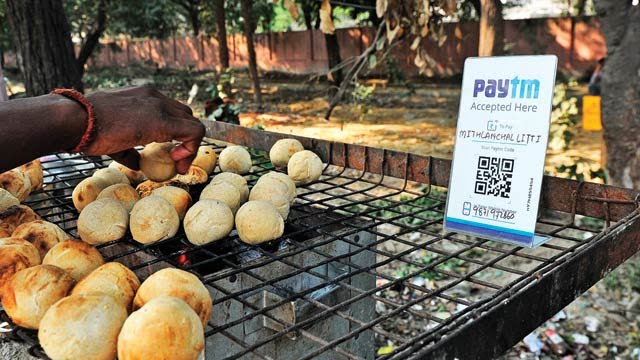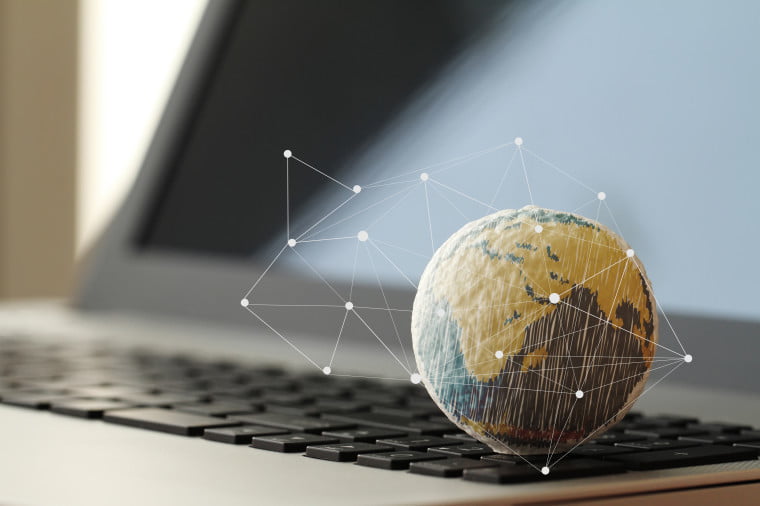

A group of men in their 70s try to read instructions on their phones as a teenaged volunteer guides them on how to use a phone for money transactions without the Internet during a workshop. “It’s much easier than I thought,” says Kumar Singhvi, during the workshop organised by the Ministry of Textiles.
The Ministry has been organising these workshops in several parts of Delhi, including Rajiv Chowk Metro Station, to teach people about digital transactions without the use of Internet. Friday was the second day of these workshops, which will be held for some more days.
Mobile Money Identifier (MMID), through which a person’s bank account is linked to their cellphone number, allows people to use the service on their phones without Internet, and the facility is fast becoming popular in the Capital.
“Net connectivity is a major problem in most parts in India. We are organising workshops in various parts of Delhi to teach people how the simplest of mobile phones can be used for money transactions without the use of Internet,” says Shankar Sahai, who is guiding people near the Palika Market.
“To transact through Unstructured Supplementary Service Data (USSD), you need to call *99#. You would then be required to authenticate the call using details such as the first four letters of your bank’s India Financial System Code (IFSC). You will then receive menu options on your screen that would allow you to check your bank statement or transfer funds,” says Vijay Kumar, another volunteer.
“I don’t own a smartphone. In fact, most people in my age group cannot operate a smart phone. Now with this mode of payment, I can avoid the long queues to withdraw my pension,” says Krishan Das, 72, who participated in one such workshop.
Other platforms of transaction, such as prepaid wallets, debit and credit cards, Unified Payment Interface (UPI), and Aadhar-enabled payment system were also discussed during the workshops, but emphasis was on transactions without the use of Internet.
[sOURCE:-dna]





